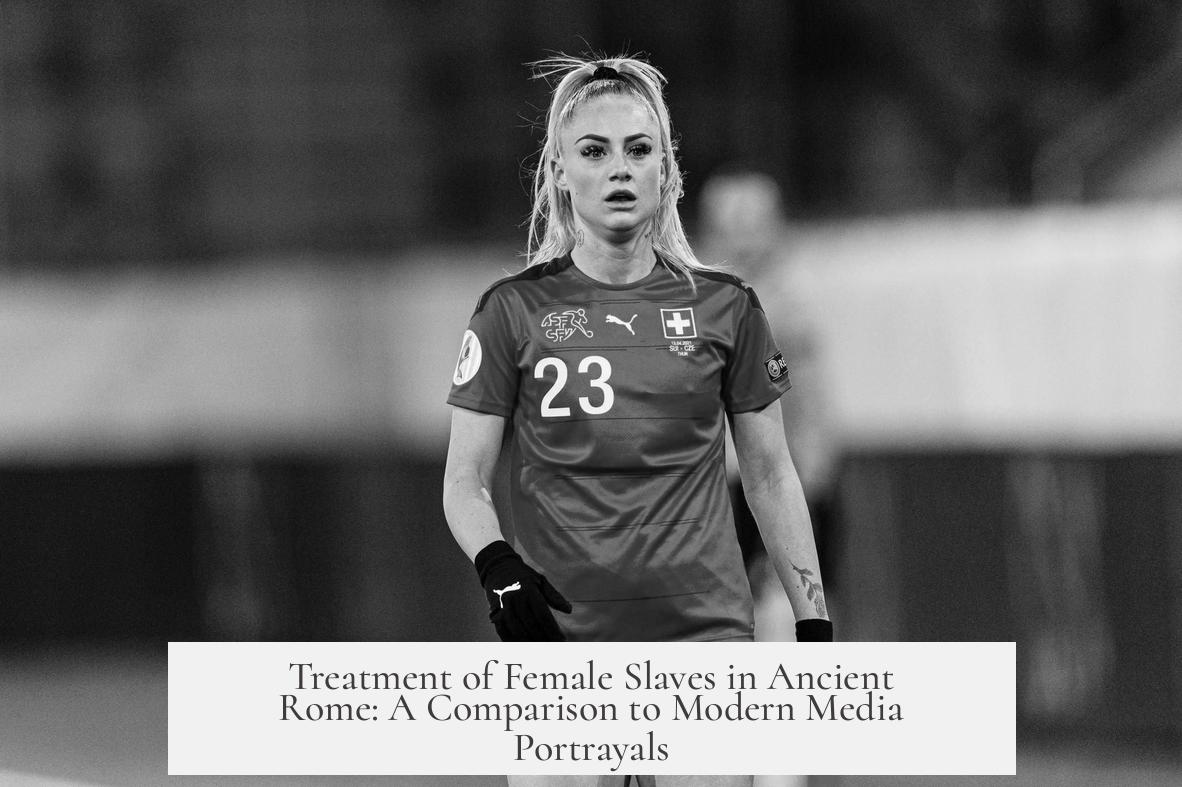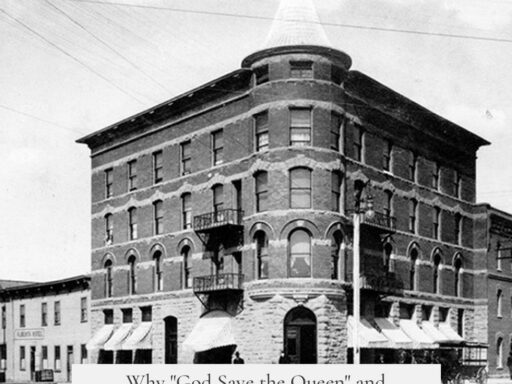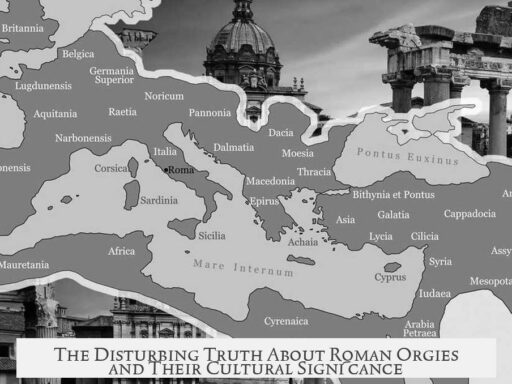Female slaves in the ancient Roman Empire experienced harsh and multifaceted treatment, markedly different from most portrayals in modern popular media, which often lack nuance or historical accuracy.
The reality of female slavery in ancient Rome remains difficult to reconstruct fully due to limited and fragmentary evidence. Most surviving texts come from Roman aristocrats and reflect their elite perspectives. These writings rarely convey the routine existence of ordinary slaves, especially women, who left little direct record.
Archaeological findings, notably from Pompeii, help shed some light but do not clearly distinguish slave residences from those of poor free people. Christian writers later shaped narratives about female slaves, often emphasizing sexual morality disputes, which colors some historical accounts.
Most female slaves were born into slavery, either directly or through their mothers. Some were sold as children or left exposed in public places. A minority originated as war captives or kidnapping victims. Mothers and daughters typically remained together as a practical or somewhat humane arrangement. Legally, only the mother’s slave status mattered; fathers, whether slaves or free, held no recognized parental rights.
Occupationally, female slaves worked mainly in agriculture, textile production, domestic service, mining, and sexual servitude. Specific proportions are unknown due to lack of data. Gender labor distribution was near equal in agriculture. Household slaves were often overseen by the mistress, who sometimes wielded cruel authority. Christian homilies criticize mistresses for harsh treatment, including foul language and physical abuse.
Textile work, especially wool spinning, was common among female slaves residing in urban homes. Nursing and raising children, both slave and freeborn, was another significant duty. Free Roman women rarely breastfed, delegating this task typically to slaves or hired nurses.
Sexual exploitation was rampant and assumed in Roman sources. Slaves faced systematic abuse at the hands of their masters, visitors, and extended family members. Punishments for disobedience or poor performance were often severe, involving beatings and lashings. Selling a female slave to a brothel was particularly horrendous. Some mistresses publicly humiliated female slaves by stripping them and exposing them to their husbands, combining physical punishment with verbal abuse.
One striking archaeological find includes a lead slave collar inscribed with a warning that translates roughly to “I am a slutty prostitute; keep me if I flee.” This symbolizes the extreme control and degradation female slaves endured.
Unlike male slaves, who sometimes achieved high status and wealth through service or patronage, female slaves had limited upward mobility. Their best chances for improved circumstances involved forming relationships with their owners or raising the owners’ children, which could occasionally lead to freedom. However, such bonds often provoked jealousy and harsh retribution from the mistress.
In contrast, modern popular media usually fails to depict this complexity. Popular representations of female slaves often exaggerate or romanticize their roles, emphasizing victimhood or sexualization without addressing the broader social, legal, and economic realities. Media might simplify or fictionalize narratives, ignoring the brutal punishments, diverse labor roles, and limited opportunities for female slaves in Roman society.
Most portrayals omit the legal and societal structures that strictly defined slaves as property with no paternal lineage, nor do they highlight the rare but significant instances of female slaves nursing free children or undertaking textile work.
Because surviving Roman sources emphasize elite perspectives and Christian moral critique, modern storytelling tends to replicate these biases, either glossing over the arduous daily realities of female slaves or framing them solely as sexual victims or domestic servants.
- Female slaves in Rome were born into servitude, often stayed with their mothers, and worked in agriculture, textiles, nursing, and sexual servitude.
- They suffered harsh physical and sexual abuse, including severe punishments and public humiliation.
- Legal status excluded paternal recognition; only the mother’s status counted.
- Upward mobility was limited; close bonds with owners or raising their children offered rare paths to freedom.
- Modern media tends to overlook this complexity, often portraying female slaves through simplified or sensationalized lenses.
How Were Female Slaves Treated in the Ancient Roman Empire? A Reality Check Against Modern Media

Female slaves in the ancient Roman Empire endured an existence marked by hardship, exploitation, and limited hope. Their treatment was dominated by severe physical and sexual abuse, relentless labor, and a stark absence of personal freedom, a far cry from many romanticized or sanitized portrayals often seen in modern media.
So, just how grim was life for these women? And how does today’s entertainment reflect— or distort— their realities? Let’s delve into the facts and shine a light on the lives of female slaves in ancient Rome.
Piecing Together a Fragmented Past
First, a little caution: the story we tell about female slaves relies on fragmentary sources. Ancient Roman writers were mostly elite men, not focused on the lives of slaves. Texts are often biased, especially with Christian authors presenting moralizing views. Archaeology, like that from Pompeii, offers clues but rarely distinguishes slave dwellings from those of poor free citizens. Without a direct voice from the slaves themselves, much remains “probably” and “it seems.”
This lack of clear, objective evidence means historians must read between the lines, making educated inferences about their treatment.
Born Into Bondage: The Childhood of Female Slaves
Most female slaves were born into slavery, often to slave mothers. Sometimes, parents sold daughters or abandoned infants—a grim practice called “exposure.” War captives and kidnapped girls formed a minority.
Interestingly, slave mothers and daughters usually stayed together. This arrangement wasn’t compassion so much as practicality—breastfeeding required closeness. Legally, children inherited only their mother’s status, never the father’s, meaning these girls had no official paternal identity.
Child labor evidence is sparse, but given Roman attitudes, it’s fair to guess that compassion was scarce—young girls likely began working early and hard.
The Grinding Wheel of Labor and Abuse
Female slaves worked in several gruelling roles. Agriculture spun the largest web of labor. Textile production—particularly wool spinning—was common, especially in cities but probably also on rural estates. Slaves also served as nurses for both enslaved and free children. Interestingly, free Roman women usually didn’t breastfeed their own children, outsourcing this to slaves or hired nurses.
Sexual exploitation, however, was the shadow looming over every female slave’s life. Contemporary Roman sources often assume male masters raped their slaves, and the threat came from visiting men too. This wasn’t just happenstance—sexual abuse was normalized and widespread. Anecdotes from Christian homilies warn of mistresses punishing slaves out of jealousy, adding another layer of cruelty.
“Some mistresses are so ruthless that when they lash their slaves, the stripes don’t fade within a day. They strip the girl, call the husband in, tie her to the couch, insult her with endless slurs—witch, runaway, whore—before threatening shackles.”
A horrific punishment for a female slave was being sold to a brothel—often a last resort for mistresses to “discipline” their slaves, making this threat especially dreaded.
One chilling example is a lead slave collar discovered with the inscription:
“I am a slutty prostitute. Retain me if I flee.”
This represents the brutal way female slaves were marked and controlled, often reduced to sexual commodities tagged with such degrading words.
Hierarchy and Limited Mobility

Male slaves sometimes found routes to power and wealth—positions like managers or secretaries could elevate their status and secure freedom. Women, however, had narrower paths. Their best chance was to forge personal bonds with those they served—either raising enslaver children or acquiescing to sexual exploitation. Such connections occasionally led to better treatment or manumission but were fraught with risk and abuse.
Christian texts often portray mistresses punishing slaves cruelly if their husbands showed too much fondness for any female slaves. It was a delicate, dangerous balancing act for these women.
The Mistress’ Role: Manager or Tormentor?
Interestingly, it was often the mistress of the household who directly managed female slaves rather than the male master. This dynamic could be harsh—moralistic sermons from figures like John Chrysostom scold mistresses for cruelty and foul language when reprimanding slaves.
This suggests daily life involved a constant power struggle inside the household, with female slaves caught in the crossfire.
How Modern Media Measures Up
If you’re like me— not a diehard TV or cinema buff—you might struggle to name many modern portrayals of female Roman slaves. When they do appear, they tend to be either exoticized, sanitized, or simplistically villainized.
Popular media often glosses over the brutal, systemic abuse and reduces these women to plot devices: either noble victims or seductive temptresses. The complex realities of their lives—childbirth under slavery, constant threat of violence, forced labor, little identity beyond servitude— rarely get enough attention.
Movies and TV shows might romanticize relationships between slaves and masters, portraying them as consensual or even loving, ignoring the fundamental power imbalance and coercion involved. Meanwhile, the grim detail of sexual violence, punishing slave collars, and the punishment of selling to brothels are seldom explored.
So, how should it look? A historically responsible portrayal would acknowledge that female slaves were more than background characters. Their suffering was systemic, their existence a daily fight for survival, autonomy stolen away at every turn. Presenting these women as nuanced humans without whitewashing the violence is crucial to respecting their legacy.
What Can We Learn?
The treatment of female slaves in ancient Rome was harsh and dehumanizing. They faced constant labor, physical abuse, and sexual exploitation while being denied legal status or meaningful upward mobility. Their roles spanned textile work, childcare, nursing, and brutalized sexual servitude.
Their mistresses often acted as harsh overseers, sometimes driving cruelty as much as the masters. Yet, glimpses of humanity persisted, as mothers stayed with their children, and some slave women secured freedom through relationships or manumission.
Modern portrayals tend to soften or overly dramatize these realities, missing the systemic nature of the cruelty. Recognizing this gap can help us critically watch entertainment and push for more honest storytelling.
Final Thoughts and Questions to Ponder
What does it mean when a society normalizes the abuse of an entire group for convenience and profit? How does understanding ancient slavery’s brutal truth reshape our views on freedom and human dignity today?
And for creators in media, how can they craft stories about female slaves that honor their suffering and complexity without exploitation or trivialization?
Ultimately, learning about female slaves in the ancient Roman Empire helps us empathize with their lived experience and challenges us to confront uncomfortable histories with honesty.
Next time you see a gladiator movie or historical drama, ask yourself: are these women depicted as real people, or just props in someone else’s story?
How were female slaves typically treated in ancient Rome regarding daily labor and punishment?
Female slaves often worked in agriculture, textile production, and domestic roles. Punishments were harsh. Beatings and lashings were common, and females could face humiliations, including being sold to brothels as a severe penalty.
What role did female slaves play in childrearing within Roman households?
Slave-women commonly nursed and cared for both slave and free children. Free Roman women rarely breastfed their own babies, so this task often fell to female slaves or hired nurses.
How does the treatment of female slaves in ancient Rome differ from their portrayal in modern popular media?
Modern media often romanticizes or simplifies the lives of female slaves. The reality included constant sexual exploitation, brutal punishments, and little chance of social mobility, which is frequently downplayed or ignored in popular portrayals.
Was there any chance for female slaves to improve their social status in Roman society?
Upward mobility for female slaves was very limited. Building relationships with enslavers, including sexual exploitation or raising their children, sometimes granted better treatment or freedom, but this was not common.
How did Roman texts and archaeology affect our understanding of female slaves’ lives?
Most surviving texts come from elite male authors with biases, and archaeological evidence is scarce. This results in fragmentary knowledge, often relying on assumptions rather than concrete facts about daily life and treatment.




